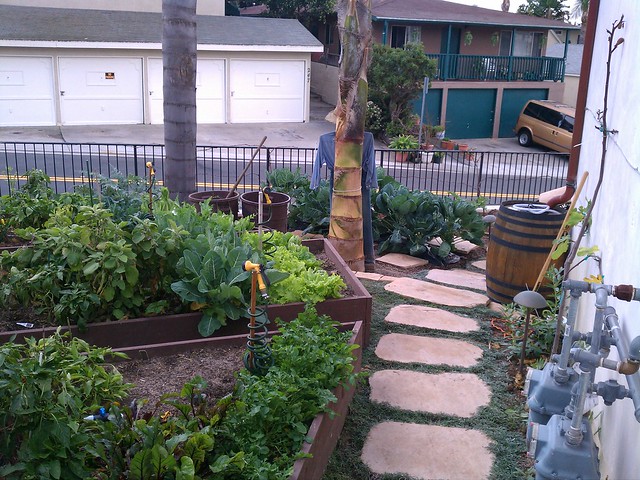We used kits supplied to the missionary teams at www.peacewater.org to test two rain water harvesting systems installed in Southern California. The test was a simple pass or fail test. If the bags turned black, they were unfit for human consumption. Our subjects were one home with half round gutters, a high quality gutter screen and no first flush and a home with regular ogee style gutters, no screen, but a first flush device.
First flush devices are effective at minimizing sediment in rain tanks.
I always recommend a first flush device as part of a complete system. In this economy I am sensitive to the economic realites and I suggest the customer start with as large a tank as they have space for, as the MATH usually overwhelms are homeowners ability to store water.
By that I mean to make rain water harvesting be practical you need larger storage systems, to make it through dry months. However, few homeowners have the real estate, or space, to store the amount of water that comes off your roof. Therefor, the amount of water coming off your roof will be greater than the average ability to store.
That basic equation again; if you have ten inches of rain per year and you have one thousand square feet of roof your yield of rain water will be about 7,300 gallons per year ( and 7,300 gallons per year is 20 gallons averaged per day over 365 days ). So, a storage system of about one thousand to three thousand gallons seems optimal for a home in a climate that gets ten inches of rain per year. As a large above ground system may between one a five thousand dollars my suggestion is that the homeowner look at their rain water harvesting system as modular; get the largest tanks and best rain gutters you can afford and add a pump, first flush, gutter screen later if that is required due to budget constraints. If you " daisy chain " multiple tanks together be sure to offer the clients optional ball valves between each tank. This allows individual tanks to be cleaned or moved without having to drain the whole system.
Then we let the bag sit at room temp for two days. The results were disconcerting, because the tech team at www.peacewater.org are trying to see if this technology can be used to provide drinking water for people who have no reliable source of clean water.
The results of the Hach tests were showing coliform bacteria in both samples. So we proved the water is unsafe to drink without filtration, but technical data done by other entities indicate that first flush devices help reduce other types of measurable contaminations including solids that create sediment inside large rain cisterns or tanks.
For emergency filtration of rain water for drinking I recommend you purchase a Sawyer type filter and have clean buckets ready in kit, or have stove and fuel to boil the water.
As far as the water quality of rain water for gardening it seems obvious that the plants love the chemistry of the bird dropping and other biomass that make up the sediment of a large rain tank. My final opinion is that the priorities should be having large tanks first, a filtration system secon and a distribution system, like a pump, last.
There are companies producing high quality first flush devices for sale such as www.rainharvesting.com. I really admire their under ground first flush diverters and the technical data they have assembled.












